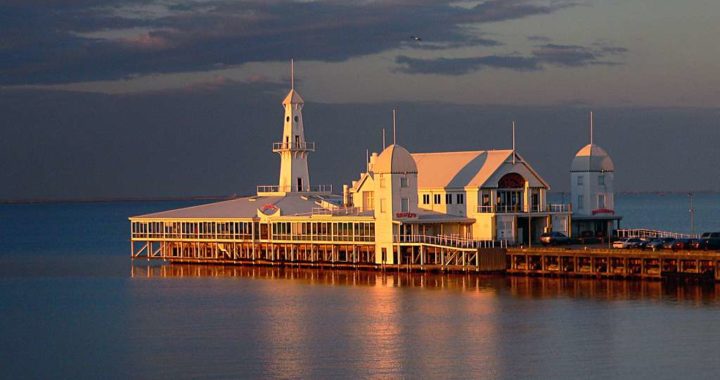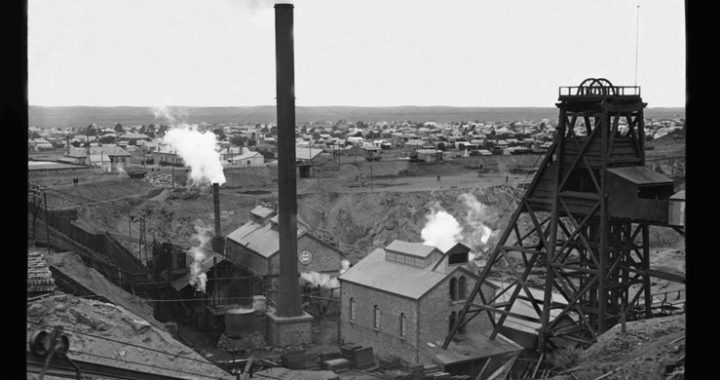Davistown is a small, peaceful, and picturesque Central Coast village. It can be accessed by train from Sydney to Woy Woy and then by ferry to the Davistown Central Wharf which is near the village shopping centre.
There is also a bus service from Gosford. The timetable is at: https://transportnsw.info/routes/details/central-coast-buses-network/63/61063
Train services from Central to Woy Woy run every half hour. This is an Opal service, no bookings are required. The timetable for the train from Sydney Central to Woy Woy is at: https://transportnsw.info/routes/details/intercity-trains/ccn/02CCN
The most enjoyable and quickest way to Davistown is by ferry from Woy Woy. The ferry service runs seven days a week, but since you’re heading to Davistown for lunch, may I suggest either the 10.45 a.m. or the 12.30 p.m. service from the ferry wharf at Woy Woy. Both of these services run seven days a week. The wharf is a five-minute walk north of Woy Woy station.
The ferry service is run by Central Coast Ferries. Their timetable and fares are at: https://centralcoastferries.com.au/woy-woy-empire-bay-timetable/
Unfortunately, they don’t accept Opal cards, but have EFTPOS facilities on board and accept cash.
You’ll arrive at Davistown Central Wharf. The village of Davistown is across the reserve – a two-minute walk from the wharf. In the centre of Davistown is a cafe named The Little Teapot specialising in tea, cake and sandwiches. They also specialise in creating cosy spaces and have a pleasant outdoor dining area. If you enjoy high tea, this is the cafe for you.
If you’re looking for something more substantial and a glass of vino or cold beer, there’s the Davistown RSL. I can vouch for this club, they have excellent dining facilities and a great selection of lunches.
The club is about a kilometre or two from the wharf, but the club provides a free shuttle bus service to and from the wharf. All you need to do is tell the ferry captain, who also sells you your ticket, that you are heading to the club for lunch. He’ll then call the club, and the shuttle bus will be waiting at the wharf when you arrive. The ferry trip from Woy Woy to Davistown takes 25 minutes.
If you have lunch at the club, try to leave yourself an hour or a half at the waterfront to have a walk and look around before the ferry arrives to take you back to Woy Woy and train back to Sydney.
Enjoy your day on the Central Coast. Don’t forget to take your camera.











